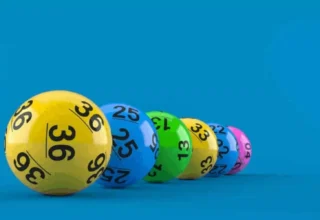
Poker is not just a game of luck and deception. It is also about tactics, especially where and how you spend your poker chips. In poker, each chip that is used to bet has its face value and is vital in the game and its strategies. It is crucial for every person to comprehend these values, including amateurs and professional players.
Poker chips are of different colors with each color having its own value attached to it. It makes it easy for players to place their bets without much delay, thus making the game very interesting. However, poker chips are not merely a simple number counting tool. What is done with these chips can have significant impacts on the result of the game.
Table of Contents
Basic Poker Chip Values
In poker, there is a standard value for each color of chip. The white chip is typically the smallest in value and may cost as little as $1 for one unit. Red chips might have a poker chips value of five dollars per unit while blue chips have a poker chips value of ten dollars. Higher denominations could be green chips representing $25, and black chips representing $100. These values are not arbitrary; they are chosen to span the range of bets usually made in games, low and high.
Chip Denominations in Strategy and Gameplay
It is also important to note that different chip values used during play can put a player at an advantage. Low denomination chips are commonly used for small bluffs—in a bid to mislead other players on your real intentions. In addition, betting with many small chips may appear to be less threatening compared to placing a single large chip, even if the totals are equivalent. This strategy can cause other players to underestimate your hand strength—which can prove vital.
On the other hand, using big chips for a bluff results in psychological pressure on the opponents and may also make them make wrong decisions. Gestures like pushing a big stack of high-denominated chips into the center have a visual appeal that is unexplainable in any verbal language.
Chips and Tournaments
During tournaments, it becomes even more important to know the poker chips value. For instance, at the beginning of the game, players may use small chips, but when the game intensifies and the stakes increase, larger chips are mostly used. This change can influence the players’ behavior since the stacks of smaller chips they collected in the early stages may become less menacing and versatile.
Managing these dynamics is important as they evolve. Skilled players expect the changes in the chip denominations, and thus formulate strategies on how they wish to manipulate the table, and opponents.
Conclusion
Poker chips are not mere disks made of plastic or clay; instead, they are the game pieces in poker. Understanding how you can control and harness these chips is the key to emerge a winner or a loser. It does not matter if you are playing poker in your own house with friends or in a big tournament, knowledge about chips and how to use them will always be a great part of your winning strategy.














